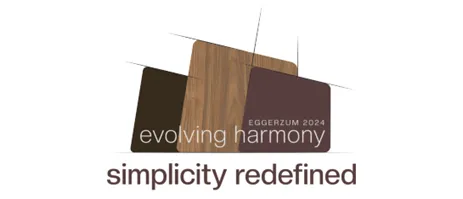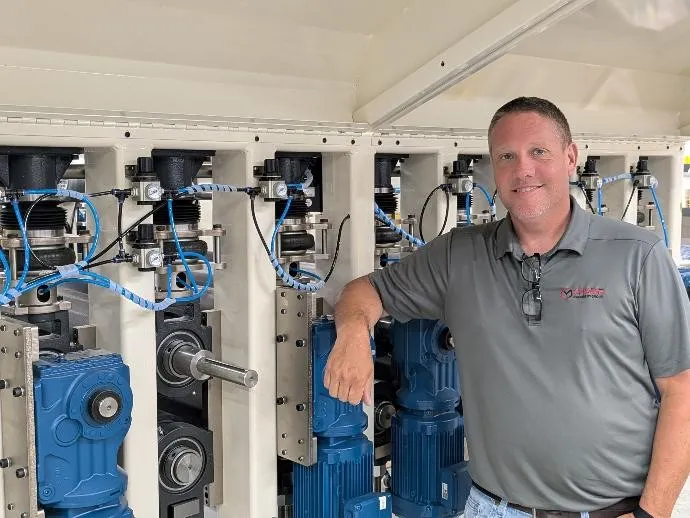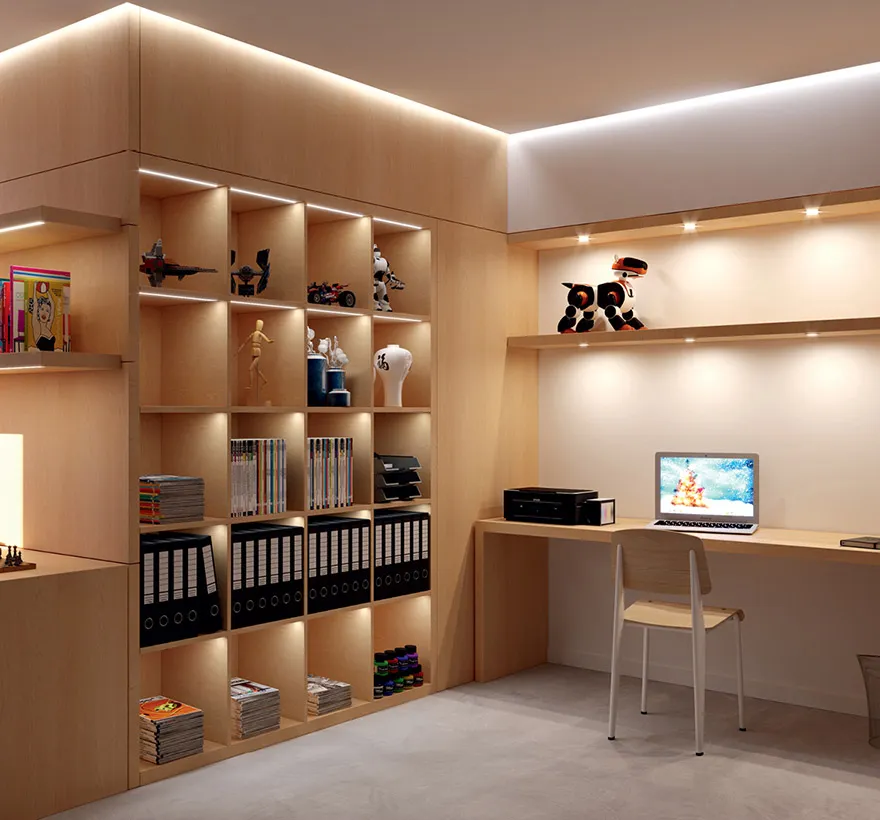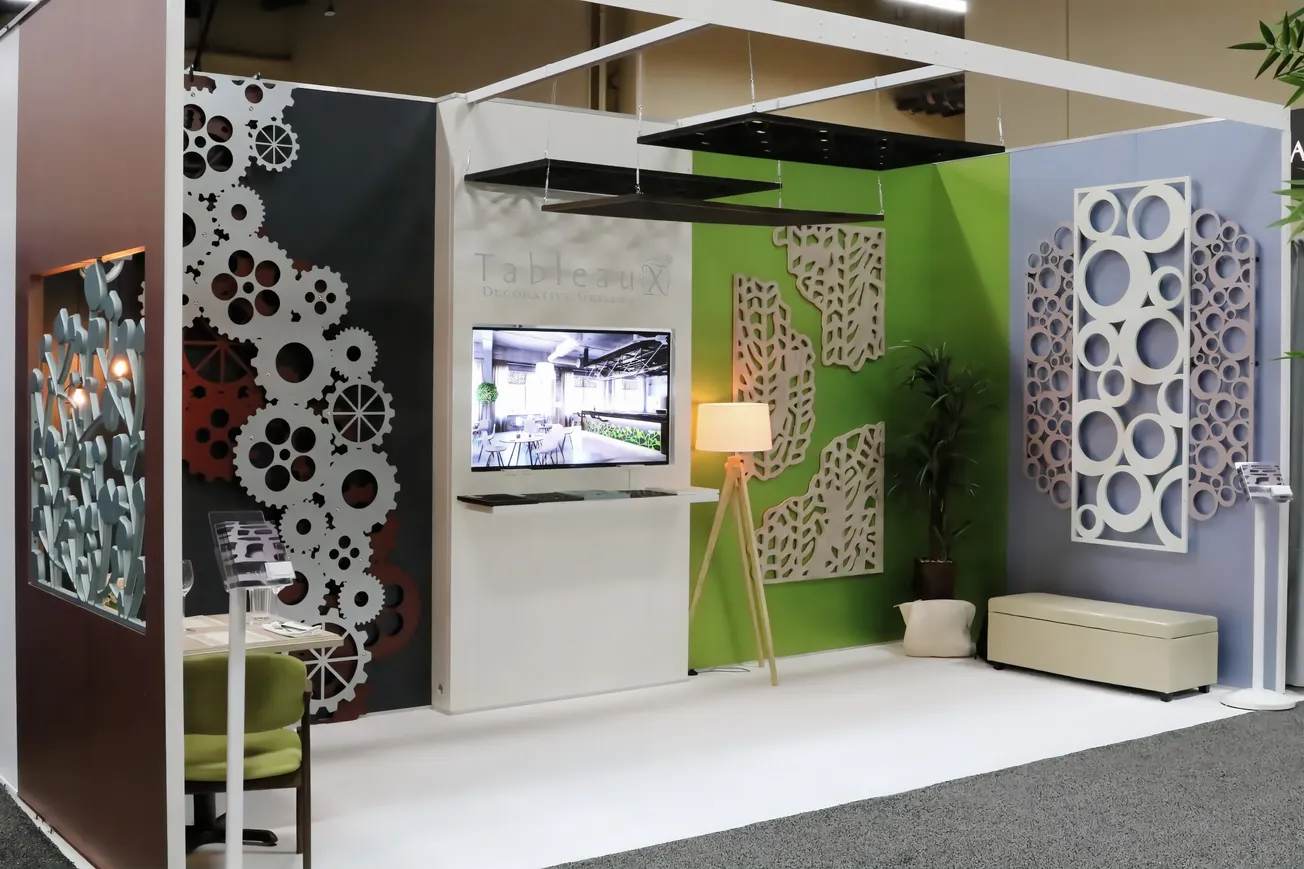Table of Contents
Confluence of materials, technology, design drives industry’s success
The future of panel processing is bright. The industry is only now hitting its stride. It has been a long time coming, but look for explosive growth in the years ahead.
The confluence of three factors is contributing to the use of panel processing as the key “system” across a wide range of products, including kitchen cabinets, store fixtures, household furniture, closet and organization and office furniture. The factors driving this phenomenon are material, technology and design.
Panel materials: Particleboard and MDF are at the core of all panel processed goods. The quality and consistency of these materials have increased markedly in the last five years. In addition, these materials are environmentally friendly. The Composite Panel Association (CPA) proactively led the charge in getting out ahead of emissions standards. With the help of CPA at the federal level, CPA panel producer members are 100 percent compliant with EPA and the California Air Resources Board (CARB). What many consumers and even industry professionals miss is that particleboard and MDF are the original “green” products made from forest industry byproducts, including planer shavings, sawdust and wood residuals. These are exceedingly useful products made from what otherwise might have been landfilled.
Surface materials: Considering that 99 percent of composite panels used in our industry are surfaced, laminates and other surfacing products become the critical elements in the consumer’s eyes. At the retail level, the difference between a product that sells in bunches or one that ends up discontinued is almost entirely related to the most visible element, the surface. Every category of surface materials has made major advances in design, texture and finish, and those materials are now seriously challenging natural materials as the preferred choice among designers and consumers.
Technology: Panel processing machinery is accurate, reliable and efficient. In the past, these were the most important factors when customers were buying machines. Today, end product manufacturers want to know how technology can give them a marketing advantage. They want to know, “How can this machine give me a competitive advantage in style and design?” Technology providers have stepped up their game and are thinking in lockstep with their customers and building machines accordingly.
Design: Panel processed goods used to be characterized as “boxes and doors.” It has taken time, but designers now understand that a profile wrapper, membrane press or five-axis CNC gives them freedom to be more creative. The result: five-piece shaker doors for residential and commercial cabinets, complex three-dimensional seamless laminates for health care environments, and creative art carved from a solid block of—you guessed it—MDF. The designers who know and understand the capabilities of today’s surface and panel materials and that technology gives them freedom and unlimited possibilities “to create” are miles ahead of those who design in a box.
Like three streams converging into a raging river, materials, technology and design are moving cooperatively and rapidly in this industry. Panel processing is the fastest-growing woodworking process on the planet, and it will continue unabated.
We’re just getting started.






